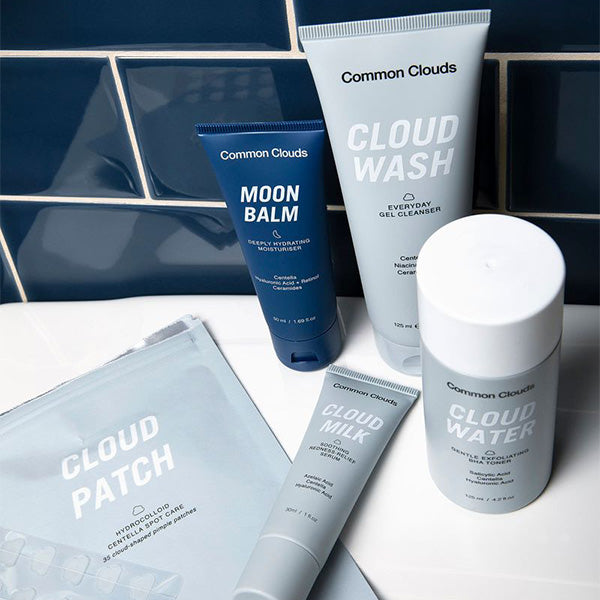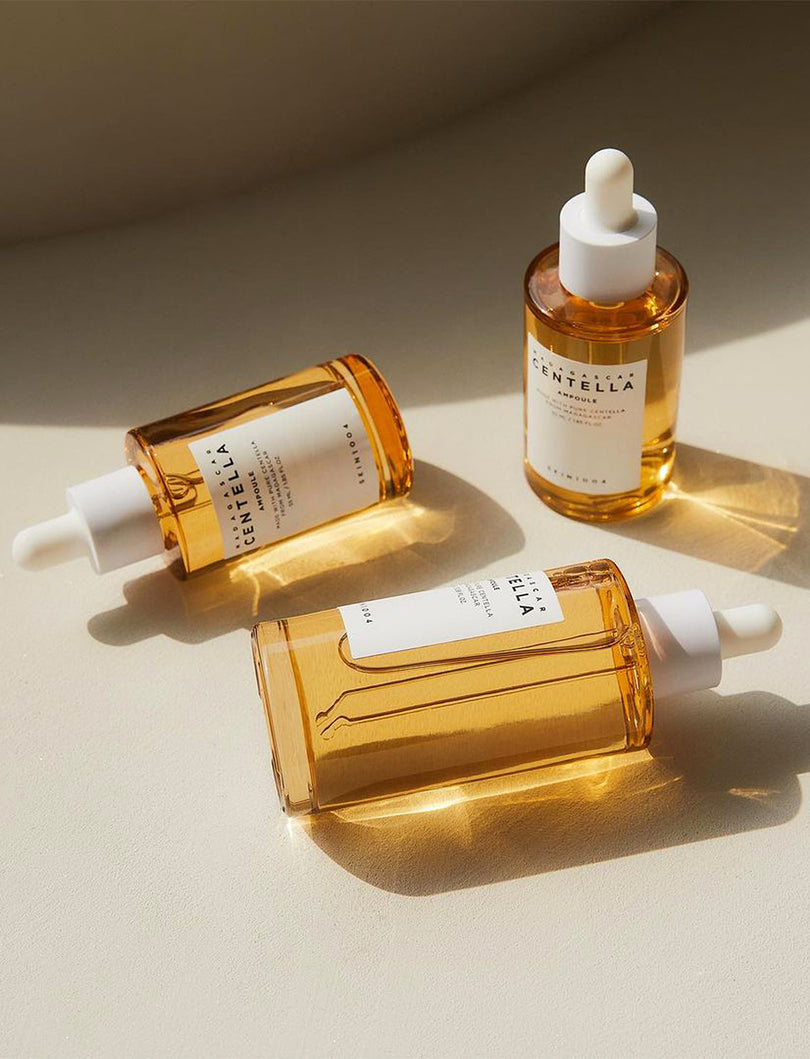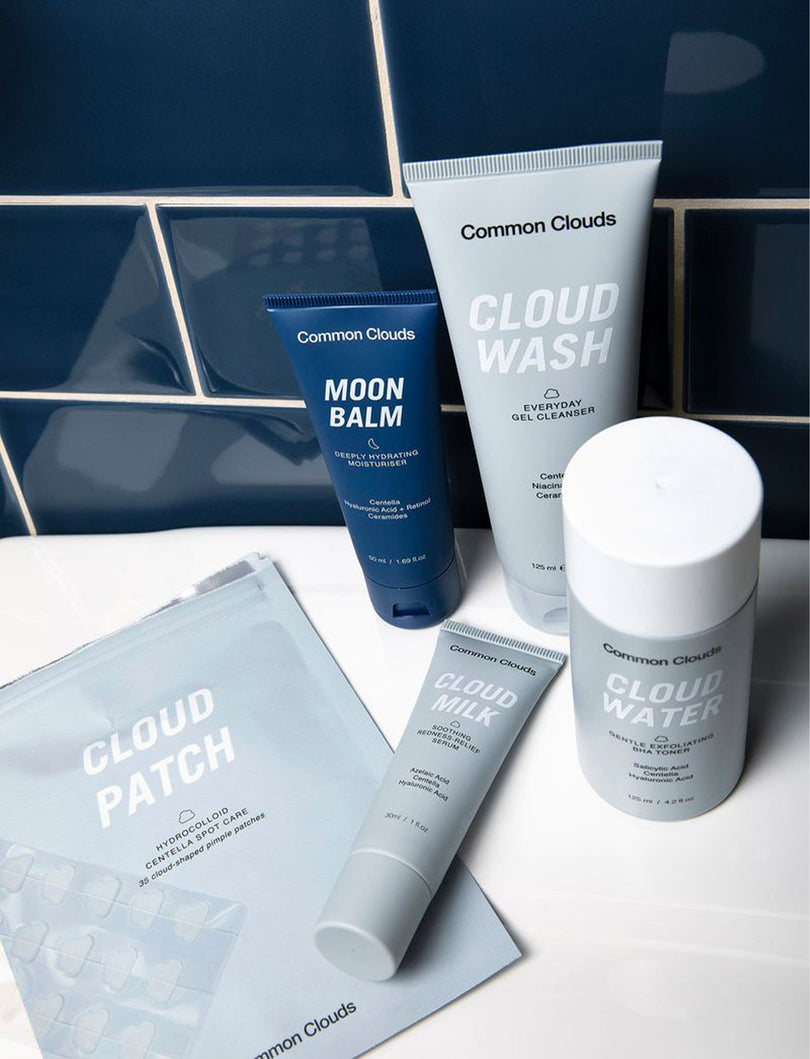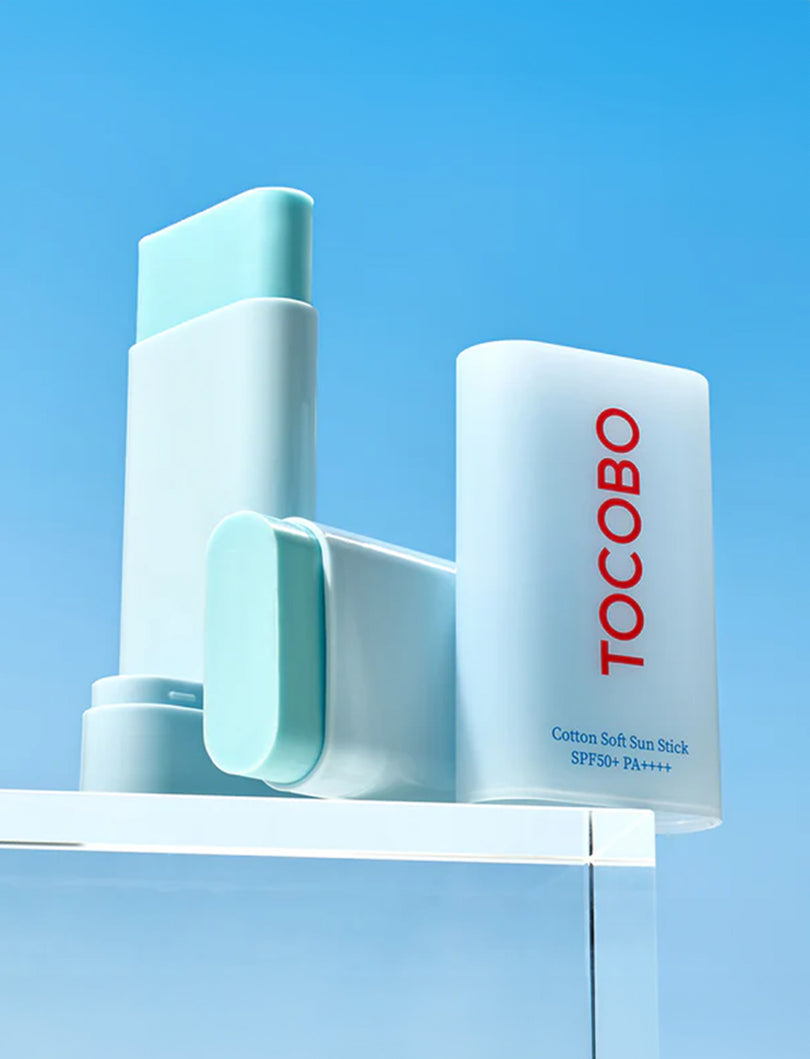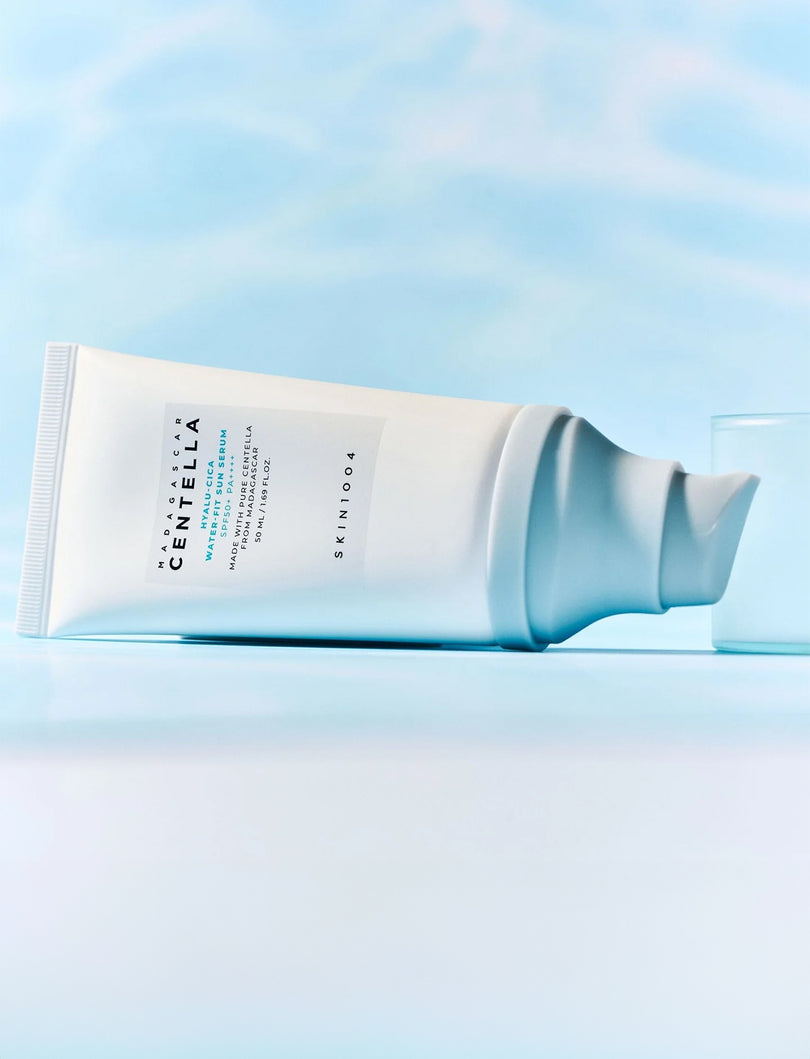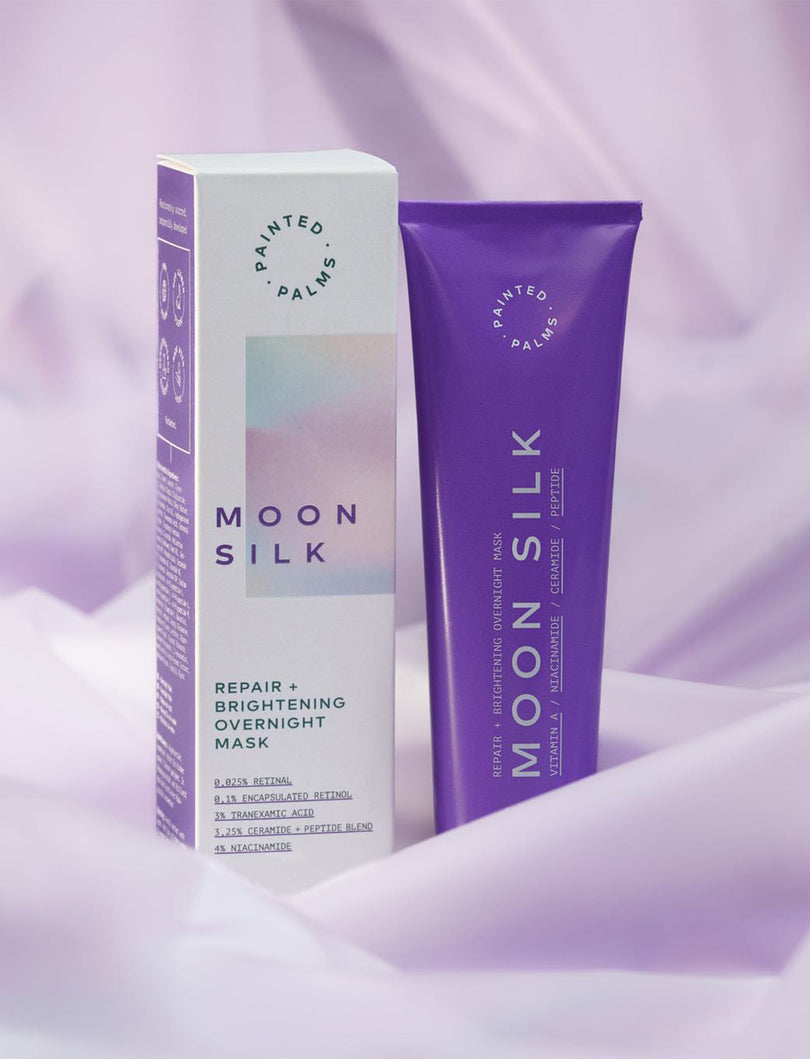What are Sebaceous Filaments?
Sebaceous filaments are also called tallow threads or follicle filaments in German because it is a collection of sebum and dead skin cells in the pores. They are thread-like in shape and appear gray, white, or colorless on the skin's surface. Sebum threads are a natural and functional part of the follicle or pore structure of the skin.
The skin produces oil (sebum) to nourish the skin, reduce moisture loss and protect it from environmental influences. Sebaceous gland filaments play an important role here, because they direct the sebum to the skin's surface.
Blackheads or Sebaceous Filaments: What's the Difference?

Sebaceous filaments and blackheads are often confused because both look like black dots and are deposits of skin cells as well as sebum in the pores. Also, both typically occur in the same areas of the face (nose, cheeks, chin). But there is one crucial difference: Unlike sebaceous filaments, blackheads are associated with inflammation and are often associated with acne.
Even if there are similarities when viewed from the outside, the blackhead is shaped like a plug and usually has a wider opening than the sebum thread. In addition, blackheads are usually darker because oxidized melanin gives them their characteristic black color.
What to do against Sebaceous Filaments?
Since sebum is a natural part of the skin that we all possess, you can never get rid of it completely. But there are good ways to reduce the appearance of pores and sebaceous filaments through appropriate skin care.
People with oily skin are more likely to have larger pores with more visible sebum because their sebum glands produce more oil, which is genetically determined. Nevertheless, there are active ingredients and methods that compensate for excessive sebum production.
Why you shouldn't squeeze the sebum filaments
Squeezing out the filaments seems to provide a temporary solution, but in actual fact, it tends to do more damage. Because this can cause scarring as well as inflammation, which can then turn into pimples again. In addition, the filaments will form again within a month for people with oily skin.
Morning cleaning
A lot of oil can build up on the skin overnight, so it may be advisable to wash your face in the morning with a mild facial cleanser, especially if you have oily skin. This will remove excess oil and sweat from the night. A cleaner with mild surfactants is completely sufficient, because this can also clean effectively.
Targeting skin dry with a harsh cleanser, on the other hand, can compromise the skin's natural protective barrier and result in dehydrated, dehydrated skin. Using a cleanser that is too harsh often results in oily skin types not only removing excess oil as intended, but also damaging the skin's moisture balance.
Salicylic Acid/ BHA
Salicylic acid, also called beta-hydroxy acid (BHA), exfoliates the skin's surface, but it also gets into the pores due to its oil-loving properties. This can loosen the debris in the pores, reducing the appearance of filaments. It also helps with blackheads and pimples and has an anti-inflammatory effect.
Beginners should start with a low concentration of salicylic acid and use it 1 to 3 times a week. If this is well tolerated by the skin, the frequency of application and the concentration can be slowly increased.

retinol or retinoid
Retinol (Vitamin A) and other forms of retinoid help regulate natural sebum production and help reduce the appearance of pores. With this active ingredient, too, it is advisable to start slowly with a low concentration and low weekly application frequency. Because this ingredient makes the skin more sensitive to UV rays, it should only be used in combination with a daily sunscreen of 50 SPF.
niacinamide
Like retinol, niacinamide helps regulate sebum production, but is usually better tolerated and requires no adjustment period. A concentration of 2 - 5% is recommended here. Niacinamide can usually be used once or twice a day. This active ingredient is particularly suitable for sensitive skin that is prone to redness.
clay masks
Kaolin and bentonites in clay masks remove excess oil on the skin and can be a great addition to your skin care routine. Many of these masks also contain skin-soothing ingredients and visibly reduce oiliness throughout the day. While the effects of these masks are temporary, they can be a great way to relax deeply.

sun protection
UV radiation is partly responsible for the breakdown of collagen in the skin, which makes the skin firm and elastic. Repeated exposure to the sun can cause the pores to become larger and wider due to a lack of firmness, making the sebum thread in the pore more visible. This is another reason why wearing sunscreen with adequate UVA and UVB protection every day is essential. If a light white film doesn't bother you, then mineral sun protection with zinc oxide is recommended, as this has an oil-reducing effect. Of course, you should therefore avoid sunbathing and avoid strong midday sun if possible.
Cover photo by Angela Roma
